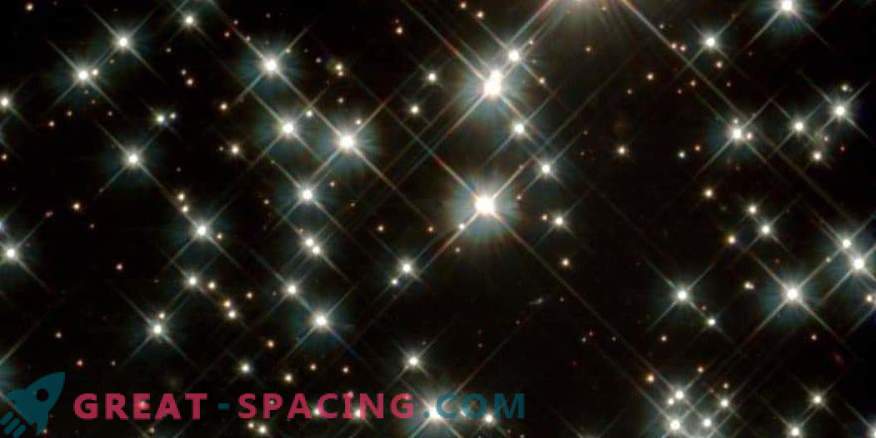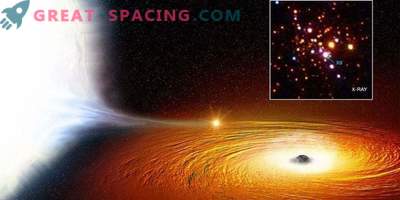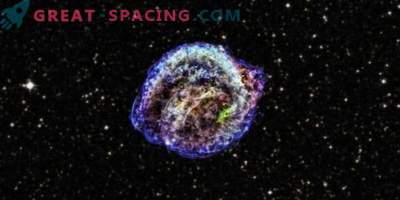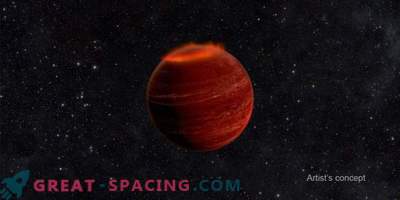
Photograph of the space field from the Hubble telescope. Before you are ancient white dwarfs with an age of 12-13 billion years, which is only slightly younger than the Universe. Theoretically, white dwarfs will no longer emit light and heat, transforming into black dwarfs
Not so often in the discussion there is the concept of “black dwarf”. However, this is an important object, because it represents the final stage of the evolution of many stars. Such celestial bodies do not emit light or heat, so it would be extremely difficult to find them in the sky today. Complicating the process is also the fact that it takes quadrillions of years to form black dwarfs. And here we have a snag ... After all, our Universe celebrated only 14 billion years and is too young to create such objects.
Let's explore the evolutionary chain of stars. The main sequence star, devoid of the required mass for an explosion in the form of a supernova, becomes a white dwarf. This is a “dead” star that has exhausted all hydrogen and helium fuel. But the white dwarf retains heat for some time. After a long time, the remaining heat will be radiated. When there is no light and heat, the object will turn into a black dwarf. Such a celestial body does not emit heat and light, and therefore becomes invisible to researchers. However, it continues to maintain mass, which will allow fixing the effects caused by its gravitational field.
Of course, it makes no sense to rush to search for black dwarfs, because they are still only theoretical objects. Scientists believe that the white dwarf will need at least 100 million billion years to cool down completely to the black dwarf stage.
Even if by some miracle a white dwarf appeared during the Big Bang (which is impossible, since there are other stages of evolution with a duration of billions of years), today they would still not have time to cool down.
Previously, the stage of black dwarfs called brown. These are extremely small objects that are not able to reach the merging point. Also do not confuse black dwarfs with black holes or neutron stars.











































